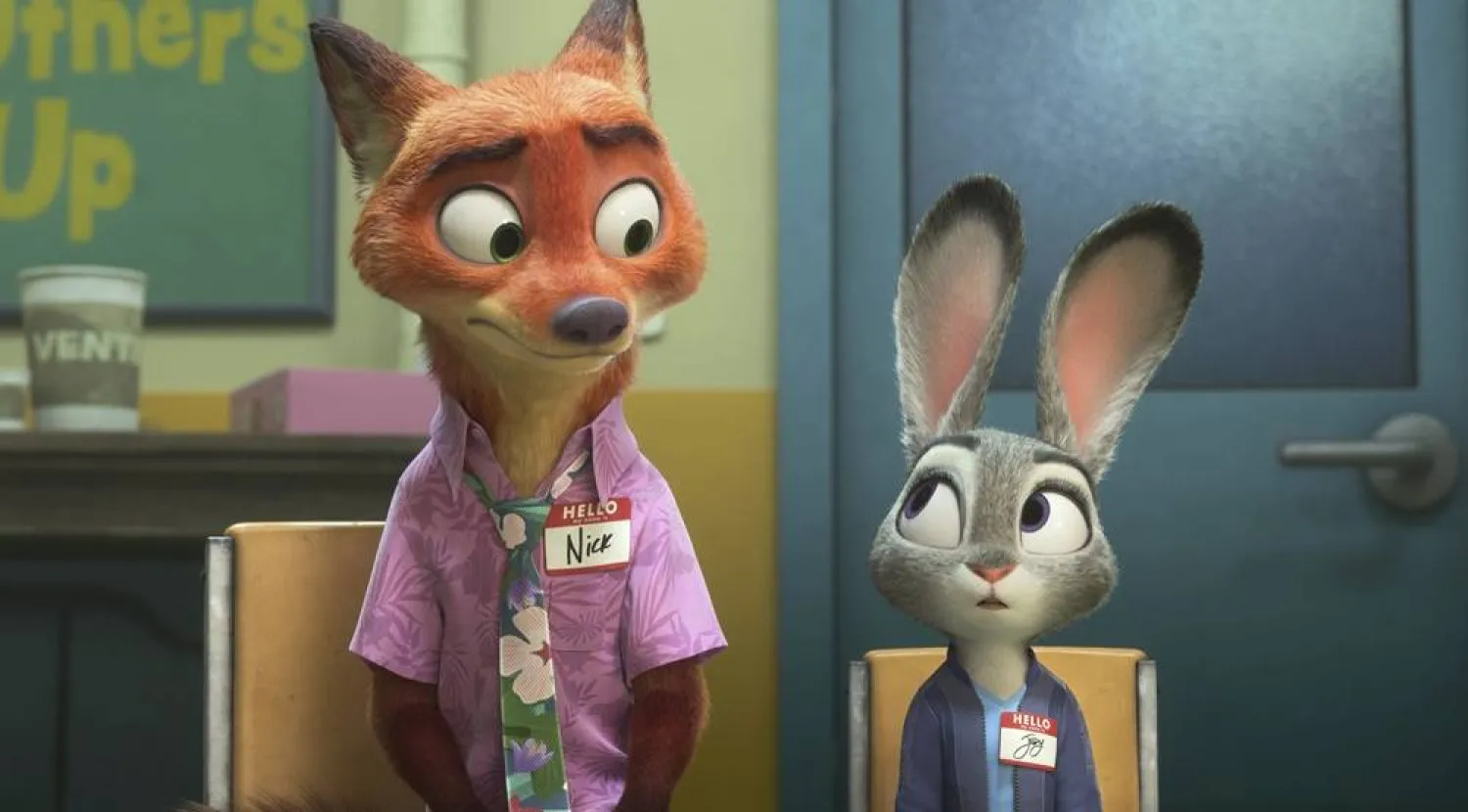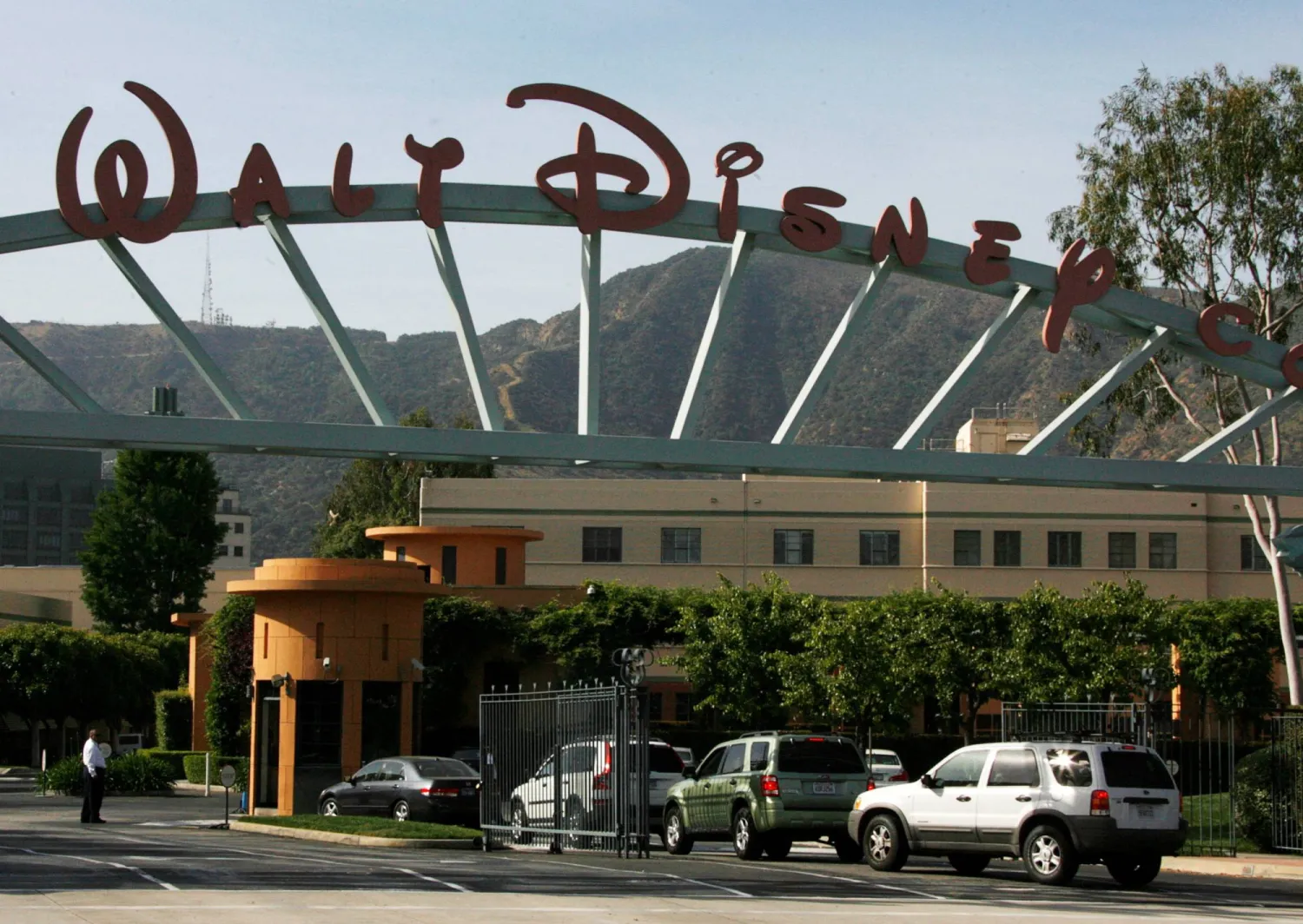Wondering if you should choose to accept the latest “Mission: Impossible” entry? Maybe you’re sick of all the bombast at the movie theater lately? Well, put it another way: Do you really want to disappoint Tom Cruise?
On the first day cameras were rolling for “Mission: Impossible – Dead Reckoning, Part One,” Cruise drove a motorcycle off an actual 4,000-foot Norwegian cliff and then parachuted down. He did it for you. The least you can do to repay him is watch his movie, right?
If you do give in, you’re in for a treat — a heart-pounding, never dragging, mission accomplished that takes audiences from the frozen Bering Sea to the rooftop of Abu Dhabi International Airport and the narrow alleyways of Venice.
It’s got plenty of facemasks being ripped off, a car chase through Rome, a shoot-out in the desert, a sword fight on a bridge and an intense, runaway train sequence that may top anything the franchise has ever produced.
“This is getting exciting,” one character says early on and you’ll heartily agree.
Christopher McQuarrie returns for the third time as director of the spy series — he also helped write Cruise’s “Top Gun: Maverick” — and he’s brought back love interest/spy Rebecca Ferguson, comic relief buddies Simon Pegg and Ving Rhames, Vanessa Kirby as The White Widow and Henry Czerny as slimy Eugene Kittridge.
Newcomers include Esai Morales as a very bad baddie and Pom Klementieff as his psychotic aide. Hayley Atwell also makes her impressive debut, playing a master thief and possible romantic partner for Cruise’s Ethan Hunt. (If that makes too many love interests, you’d be right.)
The bad guy isn’t a guy this time, it’s a haywire form of conscious artificial intelligence that has infiltrated every nation’s computer systems and represents a Hollywood fever dream of this emerging technology. (And maybe a swipe at CGI, too.)
This AI can foul up every digital device with “the power to bring the world to its knees” — or at least to a pre-internet, analog state. It’s “an enemy that is everywhere and nowhere.” The filmmakers aren’t too keen in giving too many specifics, leaving it an existential threat and giving it the very non-threatening nickname, The Entity.
“Dead Reckoning,” as the “Part One” in the full title suggests, is another action franchise going epic with several-part arcs — like “Spider-Verse” and “Fast & Furious” already this year — and uses a two-part special key as the plot device that everyone desperately needs, like in “Transformers: Rise of the Beasts.”
The key here is sought by Cruise, our thief/love interest, a US Special Operations team, Morales’ nasty Gabriel and the arms dealer The White Widow. It soon gets swiped, pickpocketed and seized, jumping from owner to owner like an unwanted Secret Santa office gift.
What’s so special about this key? Somehow, the AI needs it and one estimate of its worth is $100 million, which seems pretty cheap, to be honest. “The fate of the world rests on finding whatever the key unlocks,” we are told. Rhames’ Luther warns his friend: “Ethan, you’re playing fourth dimensional chess with an algorithm.”
If other “Mission: Impossible” outings have sometimes felt that Hunt is, well, a little robotic, this time the filmmakers allow some humanity to peek through. Cruise shows some delightful annoyance at having to sit in the passenger seat as his car careens backward through Rome, like an exasperated Drivers’ Ed instructor after a long day. He also shows a tender side in Venice as he cuddles Ferguson in the twilight and they hold hands on a gondola.
Speaking of that car chase in Rome — the second time this year that the iconic Spanish Steps have been shattered by a brash, hulking US franchise — we get the delightful image of Cruise and Atwell handcuffed together scooting along in a tiny, vintage yellow Fiat 500.
“Is anyone NOT chasing us?” she asks.
All the interested parties come together at one of those big, elegant Eurotrash dance parties with dark lighting, thumping rave music and writhing dancers on platforms that only Hollywood seems to love, a sequence most recently bettered by “John Wick: Chapter 4” in Berlin.
Then a movie that started filming pre-pandemic and has a two-and-a-half-hour runtime, culminates with Cruise’s motorcycle leap, a breathless fight sequence on top of a steam train and then a derailment that forces the good guys to climb through railcar after railcar vertically as they dodge debris, bad guys and even, in a sly move, a falling piano.
Are you possibly not going to accept this mission? Tom Cruise basically flew for you. It would be rude to leave him hanging.









